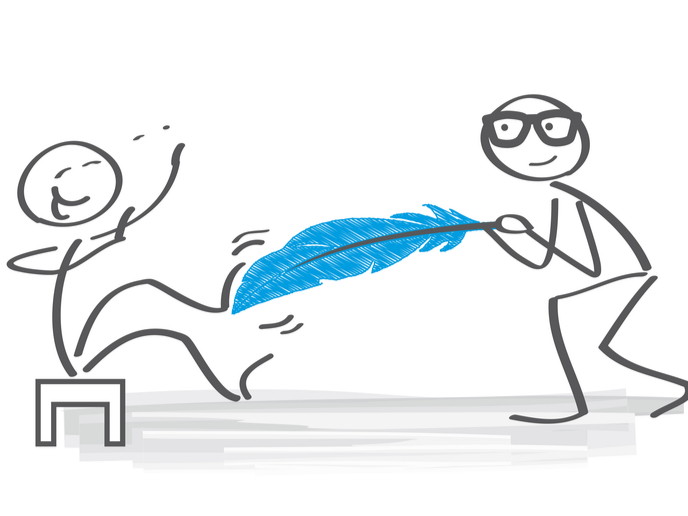How the brain identifies self-touch tickles the fancy of EU researchers
Undertaken with the support of the Marie Skłodowska-Curie programme, the EU project TICKLE ME has applied a range of technologies to explain the phenomenon of sensory attenuation (SA), and why tickling yourself leads to a reduced touch sensation. “My main motivation was to understand how the brain distinguishes our own touches from the touches of others and test whether this mechanism can change,” outlines Konstantina Kilteni, the research fellow. Kilteni conducted behavioural research combined with functional magnetic resonance imaging(opens in new window) in healthy young participants. “From the behavioural experiments, I tried to understand what the characteristics of our own touches are that make our brain ‘tag’ them as self-generated. From the neuroimaging experiments, I aimed to develop a new neural representation or model for this ‘tagging’,” Kilteni goes on to say. The brain predicts events Results suggest that the brain tags a touch as self-generated when the latter can be predicted by our ongoing movements. “Consider moving your right hand to touch the left one. Even before you bring your hands into contact, your brain knows how you are going to feel; it predicts the touch before it actually happens by using motor information from your moving right hand,” Kilteni explains. TICKLE ME researchers showed that this prediction concerns both space and time; that is, the brain knows where and when you will feel the touch. “In several behavioural experiments, we investigated possible ways to ‘fool’ the brain into predicting different locations or timings for that touch, and we found that self-touch can be made to feel similar to an external one and vice versa,”Kilteni adds. Using brain scanning, the team also observed that brain connectivity between key areas involved in touch and movement represents this distinction between self-generated and external touch. First the challenges and then the follow-up of outstanding results Under the guidance of the principal investigator H. Henrik Ehrsson at the Karolinska Institute(opens in new window), the team all gave outstanding support, relates Kilteni. She recalls the most difficult part of the project was to design and construct experimental equipment that was safe for the participants and compatible with the magnetic fields used when acquiring brain images in the scanner. “I now have more scientific questions and research ideas than before starting the TICKLE ME project!” Kilteni declares. Very excited with the latest results suggesting a distinction between self-generated and external touch at the brain level, her main priority is to investigate in more depth the observed brain connectivity patterns. She intends to combine them with computational modelling approaches. Extensive applications for this brain prediction mechanism The prediction mechanism investigated in TICKLE ME is fundamental for movement control. So, both wearable robotics and prosthetic limb development could harness the knowledge base secured by the project. “A successful embodiment of a prosthesis is tightly connected to how well you can control and use it in your daily life,” Kilteni says. “Our results might also have clinical relevance for schizophrenia research,” Kilteni explains. The schizophrenic brain finds it harder to distinguish between self-generated and external touch, experiencing hallucinations sometimes, unlike healthy participants. “I think that a deep understanding of this mechanism in healthy participants can substantially benefit our understanding about the processes that are disturbed in the schizophrenic brain and could be used to develop targeted treatments in the future,” Kilteni concludes.







